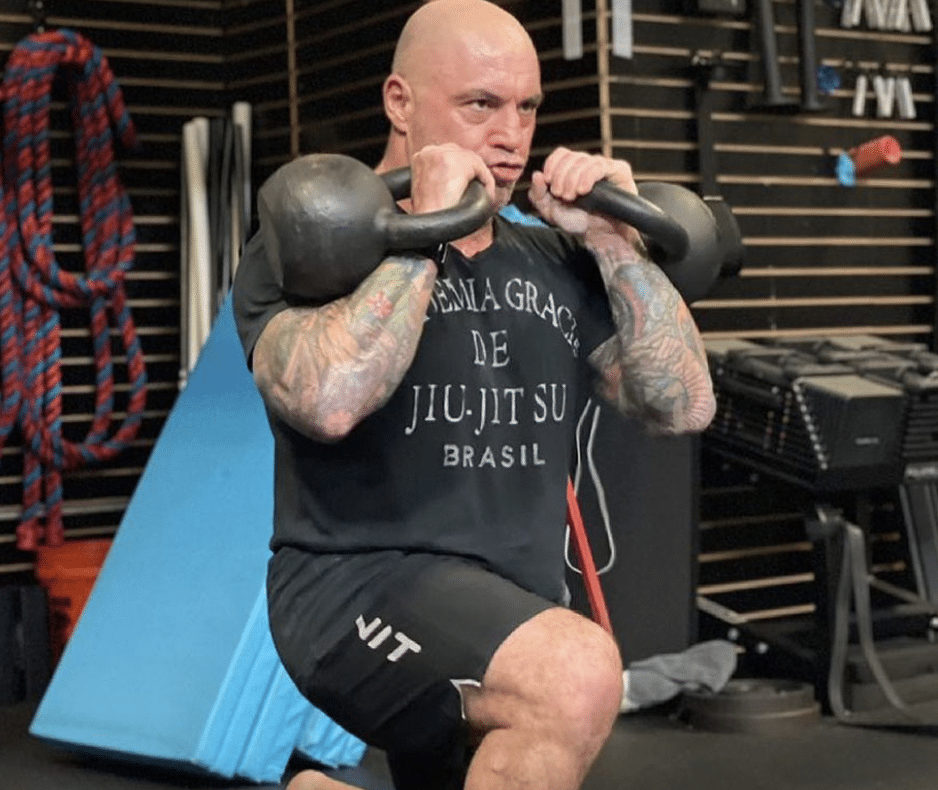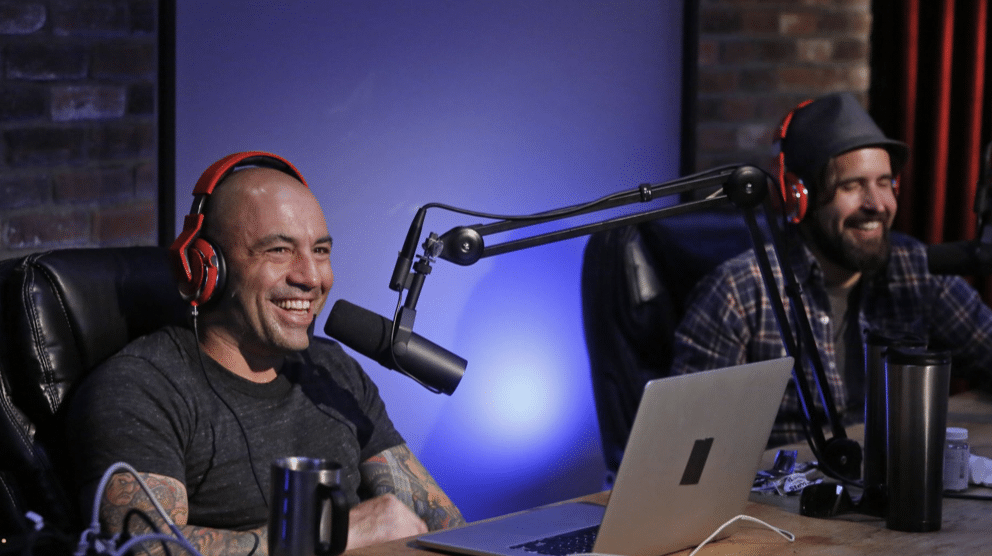Joe Rogan is a household name in the world of comedy and entertainment. He is also well-known for his passion for healthy living and fitness. As the host of the popular podcast, The Joe Rogan Experience, he has used his platform to promote muscle building, nutrition, and other related topics. One of the ways that Joe Rogan maintains his health and energy levels is through testosterone replacement therapy (TRT). But how old was Joe Rogan when he started TRT?

“I took a lot of different stuff,” Rogan said. “Now, I take human growth hormone and testosterone. I go for hormone replacement therapy. I don’t need more [testosterone]. It’s a very light dose. The testosterone is cream. It’s healthy. It does wonders for your body.”
TRT works for Rogan’s lifestyle because it helps him stay committed to his highly active lifestyle and fitness routine, particularly important given his age. Rogan’s emphasis on self-experimentation and his use of TRT as part of his overall fitness and wellness routine highlights the potential benefits of this treatment when used safely and effectively under the guidance of a qualified medical professional.

One of the most common symptoms of low testosterone is a decrease in energy levels. TRT can help to address this by increasing energy levels, allowing individuals to feel more active and alert throughout the day.
It’s important to note that TRT should only be used under the guidance of a qualified medical professional. TRT is not appropriate for everyone, and it can have potential side effects if not used correctly. However, when used appropriately, TRT can be a safe and effective way to help people feel younger and healthier, improving their overall quality of life.
At Immortal Male, we understand that low levels of testosterone can affect your overall quality of life. Our online clinic offers safe and effective Testosterone Replacement Therapy (TRT) to address low levels of T and maintain a healthy sexual life. Our qualified medical professionals are here to answer your questions and help determine if TRT is the right choice for you.
Immortal Male is an online clinic that helps men optimize their hormones.
As part of your membership and as medically indicated, physicians prescribe medications, and recommend supplements that are delivered to you from the comfort of your home.